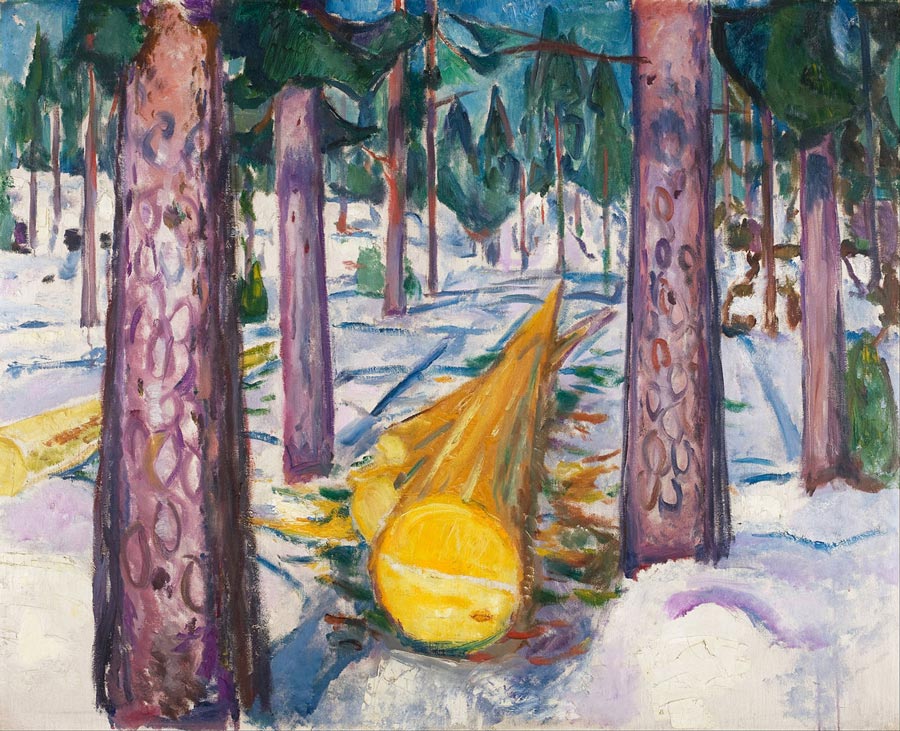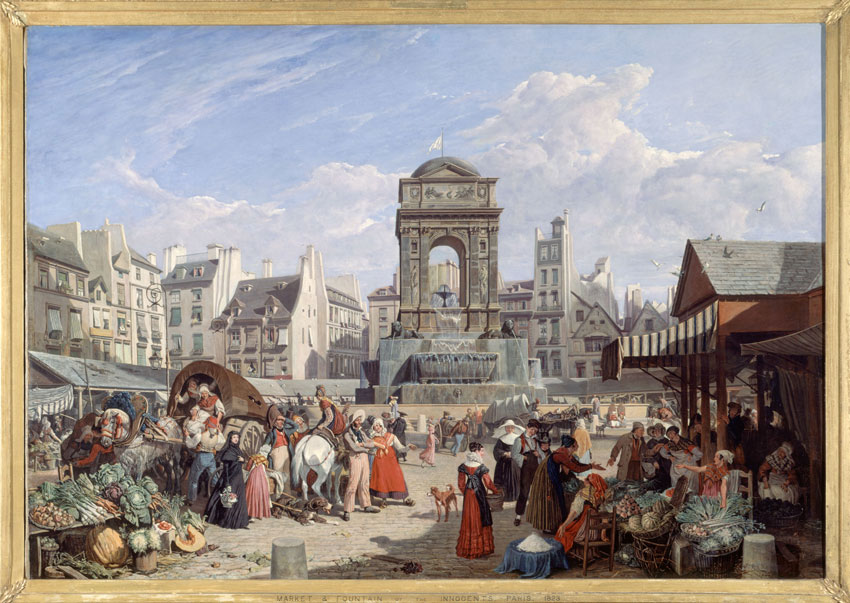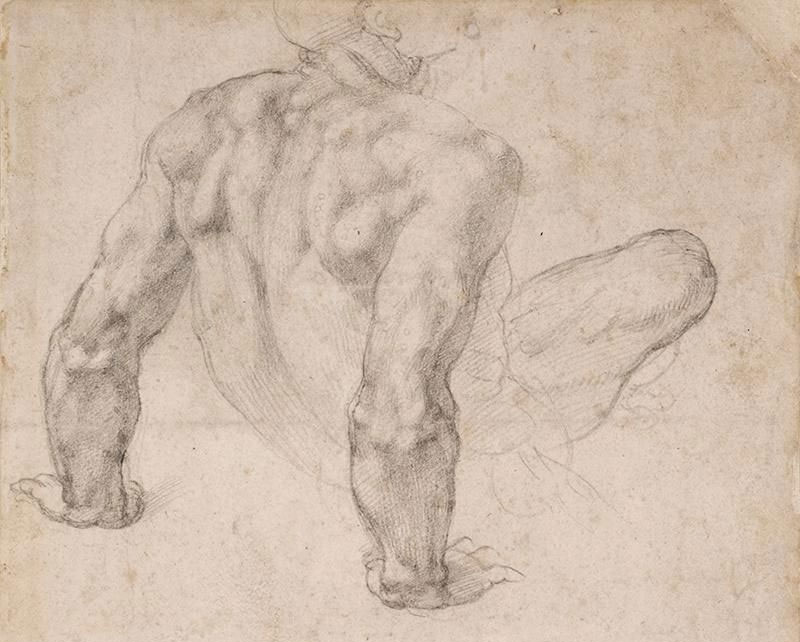Edvard Munch: Trembling Earth at the Munchmuseet Oslo

From April 27 to August 24, 2024, the Munchmuseet Oslo hosts “Edvard Munch: Trembling Earth”, the first exhibition on landscapes by Edvard Munch, focusing on his approach to nature.
Source: Museum Barberini, Potsdam · Image: Edvard Munch, “The Yellow Log”, 1912 Munchmuseet, Oslo.
On the one hand, Edvard Munch viewed nature as a cyclically self-renewing power; on the other, he saw it as a reflection of his own inner turmoil. Munch developed a pantheistic understanding of nature, which he projected onto the forests and coasts of Norway. The dramatic weather depicted in his paintings is especially striking in light of the current climate crisis.
Edvard Munch’s art is first and foremost known for its striking explorations of deep human emotions. Throughout his career, however, his strong fascination with the natural world played perhaps an equally important role as his interest in the psychic dimensions of existence. Reflective of his wide-ranging imagination and sensibility, Munch explored nature motifs and the landscape genre in order to question humankind’s place in a cosmic cycle of life, and to celebrate the beauty of the elements as well as nature’s transformative powers.
Despite the leading role that the natural world plays in Munch’s production, there has been little sustained research into the subject. The exhibition “Edvard Munch: Trembling Earth” is the first major attempt to explore the importance of Munch’s depictions of nature in depth and to challenge common conceptions. By presenting lesser-known works alongside some of his most famous paintings, Trembling Earth sheds light on the artistic, scientific, and philosophical ideas that influenced Munch’s work, and shows how his art resonates with the current climate crisis. Munch’s time saw an awareness of the dangers of climate change related to expanding industrialization and urbanization throughout Europe. At the same time, scientific breakthroughs helped promote a new understanding of the complexities of the natural world. The multilayered, open-ended character of Munch’s visions makes his works highly pertinent at a time haunted by the instability of natural systems and deeply troubling scenarios of future climate change.
Before its stay in Postdam, “Edvard Munch: Trembling Earth” was on view at the Clark Art Institute, Williamstown, MA, from June 10, 2023 to October 15, 2023, and at the Museum Barberini, Potsdam, from November 18, 2023 to April 1, 2024.
Follow us on:


